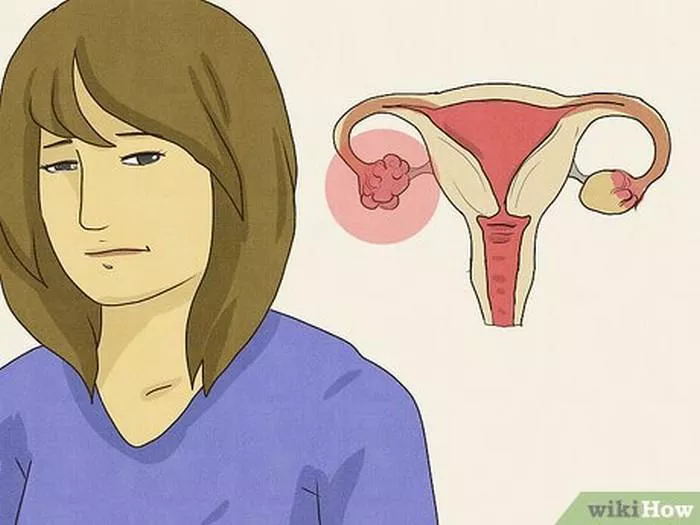Ovulation, the pivotal event in the menstrual cycle, is the cornerstone of fertility for women. Understanding when is the best time to ovulate is crucial for couples who are trying to conceive. In this article, we’ll unravel the mysteries surrounding ovulation, exploring the factors that influence its timing and offering insights into maximizing fertility.
The Ovulation Process: Timing is Key
Ovulation occurs approximately midway through the menstrual cycle, typically around day 14 in a 28-day cycle, although this can vary from woman to woman. During ovulation, a mature egg is released from the ovary and travels down the fallopian tube, where it awaits fertilization by sperm.
Identifying the Ovulation Window
The ovulation window refers to the period during which a woman is most fertile. This window typically spans a few days before and after ovulation, providing a narrow yet crucial opportunity for conception. Identifying this window is essential for couples trying to conceive, as it maximizes the chances of successful fertilization.
Factors Influencing Ovulation Timing
Several factors can influence the timing of ovulation:
Menstrual Cycle Length:
The length of a woman’s menstrual cycle can vary, impacting the timing of ovulation. Women with regular cycles may ovulate predictably around the same time each month, while those with irregular cycles may experience variability in ovulation timing.
Hormonal Fluctuations:
Ovulation is triggered by a surge in luteinizing hormone (LH), which occurs approximately 24-36 hours before ovulation. Tracking changes in hormone levels can help predict when ovulation is likely to occur.
Stress and Lifestyle Factors:
Stress, diet, exercise, and lifestyle habits can all influence ovulation timing. High levels of stress or significant changes in routine can disrupt the menstrual cycle and delay ovulation.
Age:
Age also plays a role in ovulation timing, with women experiencing a decline in fertility as they approach their late 30s and early 40s. Ovulation may become less regular and predictable with age, making conception more challenging.
Tools for Tracking Ovulation
Fortunately, several methods can help women track ovulation and identify the best time to conceive:
Ovulation Predictor Kits (OPKs):
OPKs detect the surge in LH that precedes ovulation, providing a reliable indicator of impending ovulation. These kits are available over the counter and are simple to use, making them a popular choice among couples trying to conceive.
Basal Body Temperature (BBT) Charting:
BBT charting involves tracking subtle changes in basal body temperature throughout the menstrual cycle. A slight rise in temperature indicates that ovulation has occurred, helping women pinpoint their fertile window.
Cervical Mucus Changes:
Monitoring changes in cervical mucus can also provide valuable clues about ovulation timing. As ovulation approaches, cervical mucus becomes clear, slippery, and stretchy, resembling the consistency of egg whites.
Conclusion:
In conclusion, determining the best time to ovulate is a critical step in the journey to conception. By understanding the ovulation process, identifying the factors that influence its timing, and utilizing tools for tracking ovulation, women can optimize their chances of conceiving. Remember, patience, persistence, and proactive planning are key as couples navigate the exciting and sometimes challenging path to parenthood. Trust in the body’s natural rhythms, stay attuned to subtle changes, and embrace the journey with hope and optimism.























